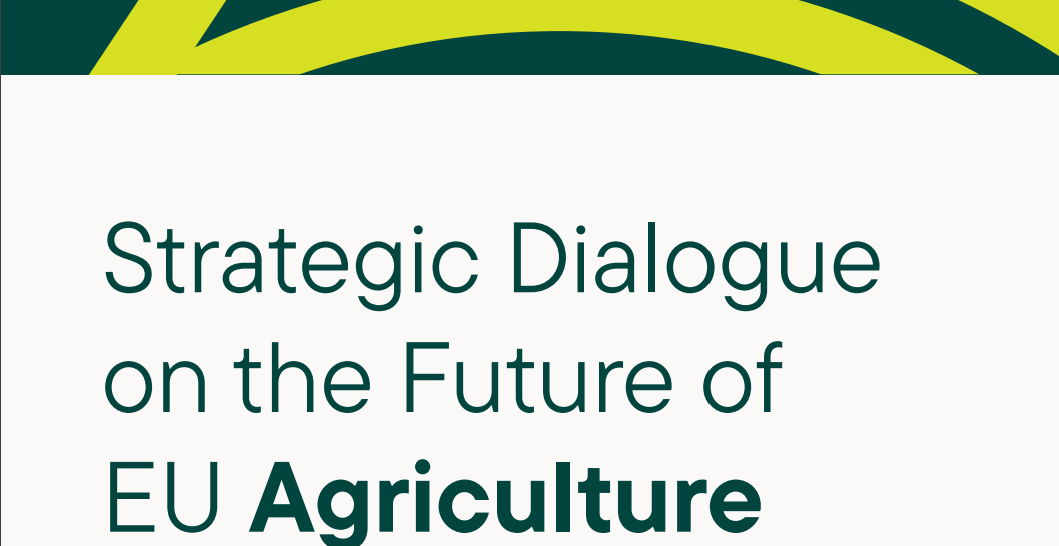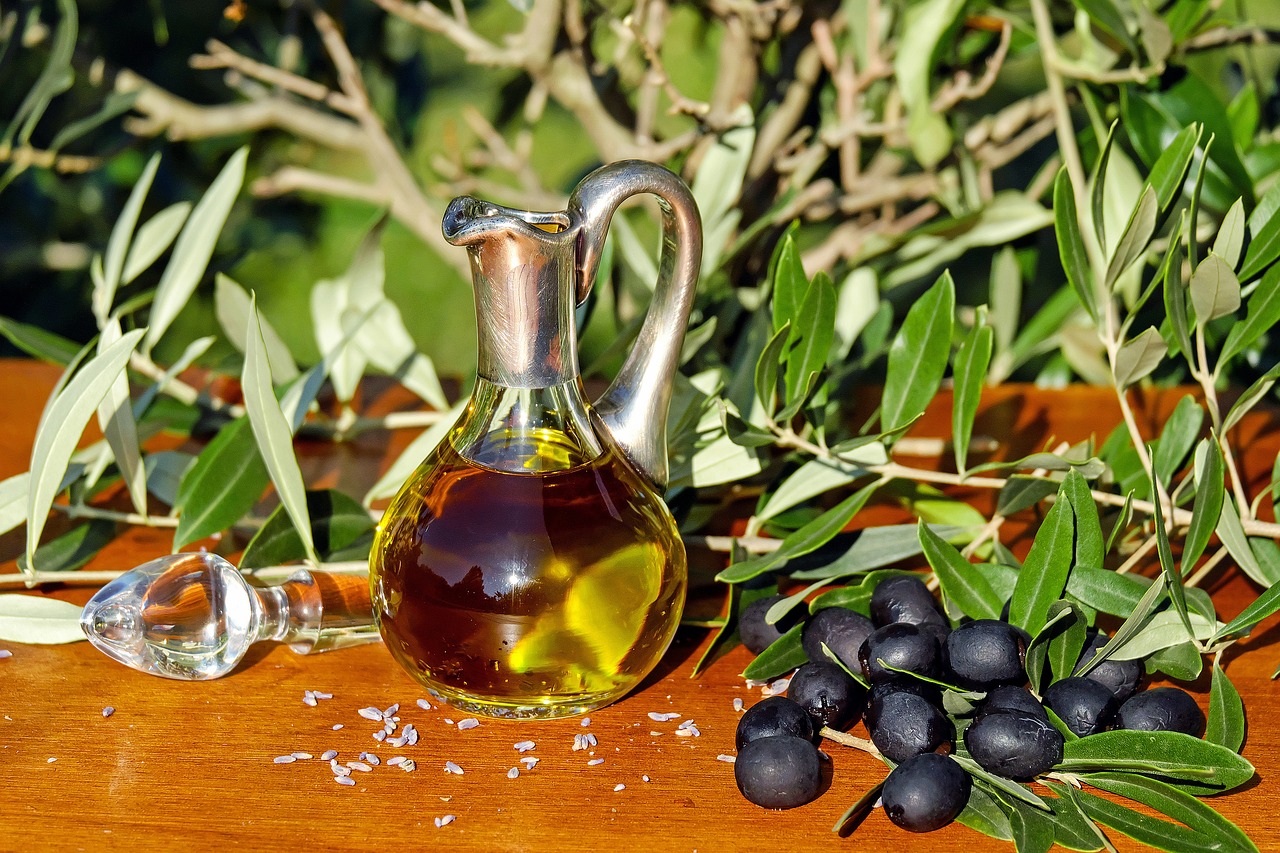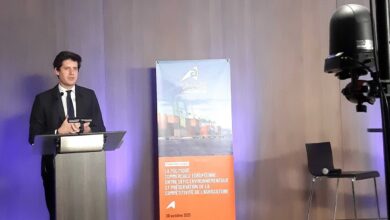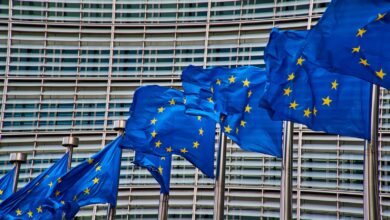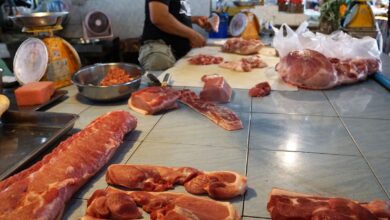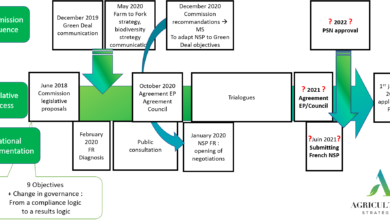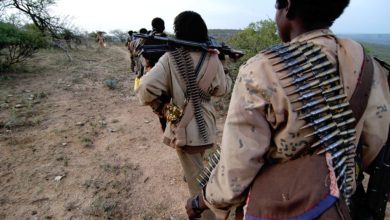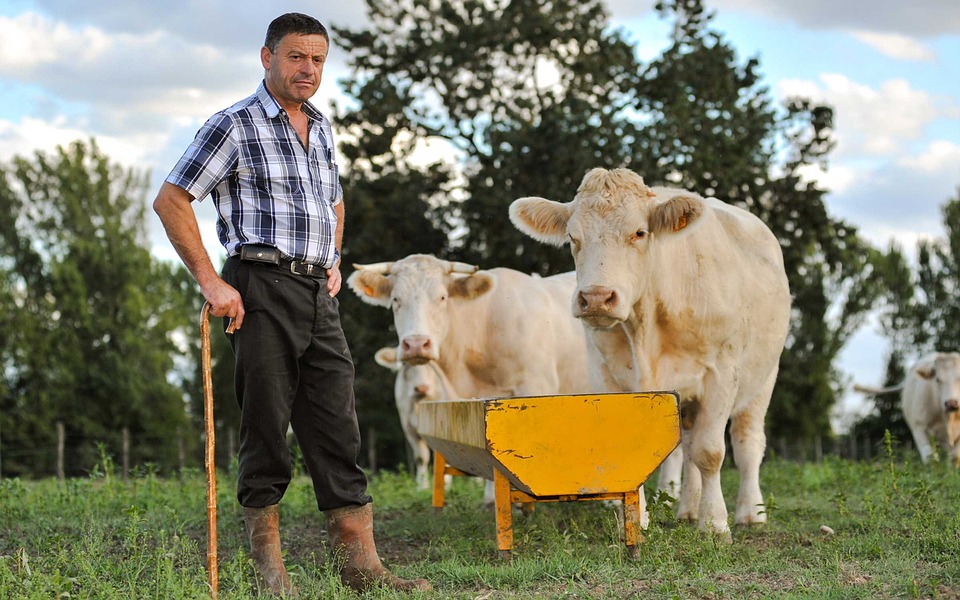
Agriculture and especially livestock farming are often singled out for their role in environmental degradation and global warming. Yet we will continue to have to feed ourselves. How then to define the necessary compromises? Two recent studies, one led by INRA researchers and the other by IDDRI, make important contributions to the debates.
In an article published on The Conversation, Cecile Detang-Dessendre and Xavier Reboud, researchers at INRA, draw a picture of the issues linking agricultural employment and the sustainability of agricultural production systems. Focusing particularly on the use of pesticides, the authors review the evolution of agricultural work as an explanatory variable for the use of chemistry in agriculture. Indeed, “the active agricultural population has increased from 8% to 2.8% of the total workforce” in France, and the number of farms is declining “at a rate of 2.5 to 3% per year”. However, the area exploited varies little, meaning that farmers grow larger and larger areas away from their farms.
This has been possible thanks to significant gains in labor productivity, “working hours mobilized to exploit one hectare [having] decreased by 20% between 2000 and 2010”. In the current dynamics, mechanization and chemistry are presented as the main levers for increasing productivity. But for the authors, this search for productivity gains is now reaching its limit, both from a technical point of view and from an acceptability point of view for society.
The authors conclude that the labor force in the agricultural world needs to increase, in order to allow sustainable exploitation of agricultural land by putting in place agro-ecological practices that require time and arms. They therefore call for massive mobilization of installation aids to enable a better generational renewal.
This recommendation seems very fair, but slightly truncated. If the generational renewal is indeed crucial, it is not so much aid to the installation that an improvement of the agricultural income which seems necessary to make attractive the job of farmer. However, the economic difficulties of this sector are attributable in large part to the shortcomings of a Common Agricultural Policy which no longer makes it possible to retain sufficient value for the link in production.
This is why the environmental objective of the CAP can not be achieved without the latter rehabilitating the objectives of market stabilization and parity of living standards of farmers, largely neglected since the reform of 1992 but always appearing at the heart. of the European Treaty.
Cows to maintain grasslands and complete the nitrogen cycle
If more sustainable agriculture requires more men and women in the countryside, it also requires a reconsideration of the role of ruminant livestock (cattle, sheep and goats). The recent study of the IDDRI “An agro-ecological Europe in 2050” contributes via a modeling of the European food system by 2050. It shows that the opposition between white meat (pigs, poultry) and red meats ( cattle, sheep, goats) where the former would be good for the environment contrary to the seconds, at all of the untruth. In fact, the production of pigs and poultry depends on cereals and protein crops, the production of which is (i) in competition with […] human food and (ii) potentially decoupled, from a spatial point of view, by in relation to the farming areas themselves’.
Production from ruminants is more dependent on grass and grains in green (not consumed by humans). They make it possible to exploit, and thus maintain, grasslands that “play a decisive role for biodiversity” and that make it possible to “fix atmospheric nitrogen” thanks to the leguminous plants that make it up. In other words, maintaining a cattle farm allows a “transfer of fertility from grassland to the rest of the cultivated soil, allowing a net entry of nitrogen into the system”.
On this basis, we can therefore reconsider the accusations usually made against cattle and their methane emissions. For the authors, it is essentially the result of “a climate-centered approach” (based on greenhouse gas emissions) “which tends to impose itself”.
Which trade-offs between methane and nitrous oxide emissions?
In addition to storing carbon in the soils of the fields they graze, ruminants thus provide a very important function, that of completing the nitrogen cycle by participating in the transformation of atmospheric nitrogen into organic nitrogen that can be used by plants. other than legumes.
The reading of the latest IPCC report brings other elements that tend to relativize the role of cattle in climate change. Ruminants and rice account for about 18.4% of total methane emissions, but this type of emissions tends to stabilize, unlike the anthropogenic emissions from landfills and waste that have increased by 36% over the past three decades. And since the lifetime of methane is quite short (10 years), the net effect of emissions from agriculture tends to stabilize.
Finally, if methane creates a greenhouse effect 28 times greater than carbon dioxide, nitrous oxide, one of whose sources comes from the use of synthetic fertilizers, leads to a greenhouse effect. times stronger than carbon dioxide, for a lifetime of 120 years.
These figures therefore tend to reconsider the impact of cattle rearing on global warming compared to other sources directly attributable to food.
Christopher Gaudoin, Strategic Analyst for Agriculture Strategies





